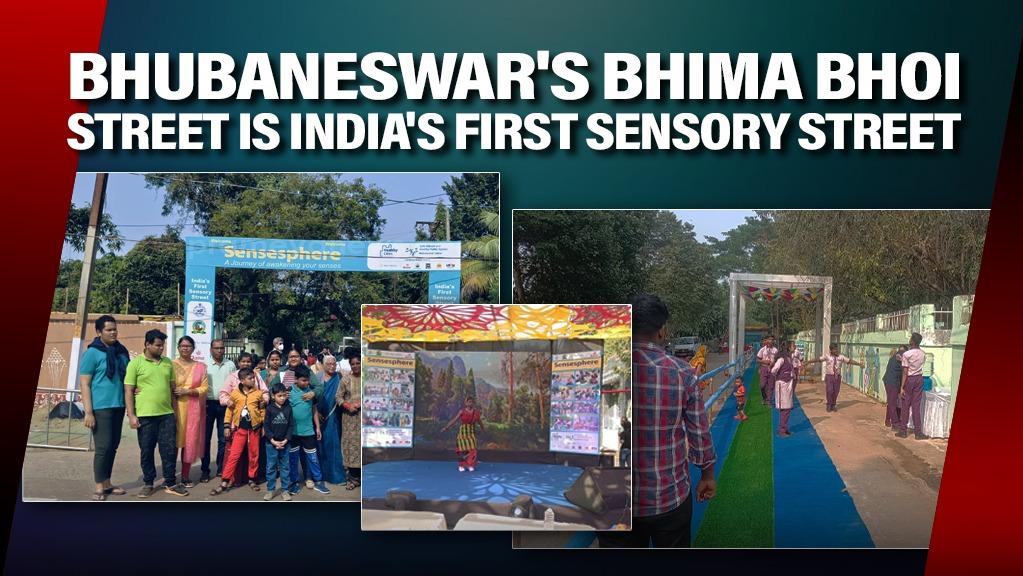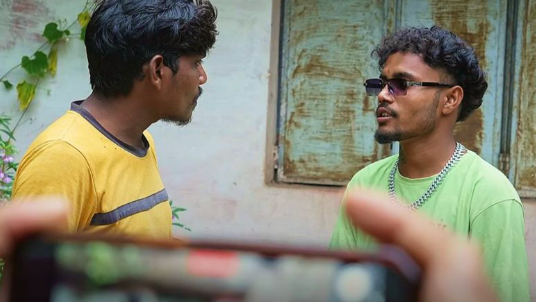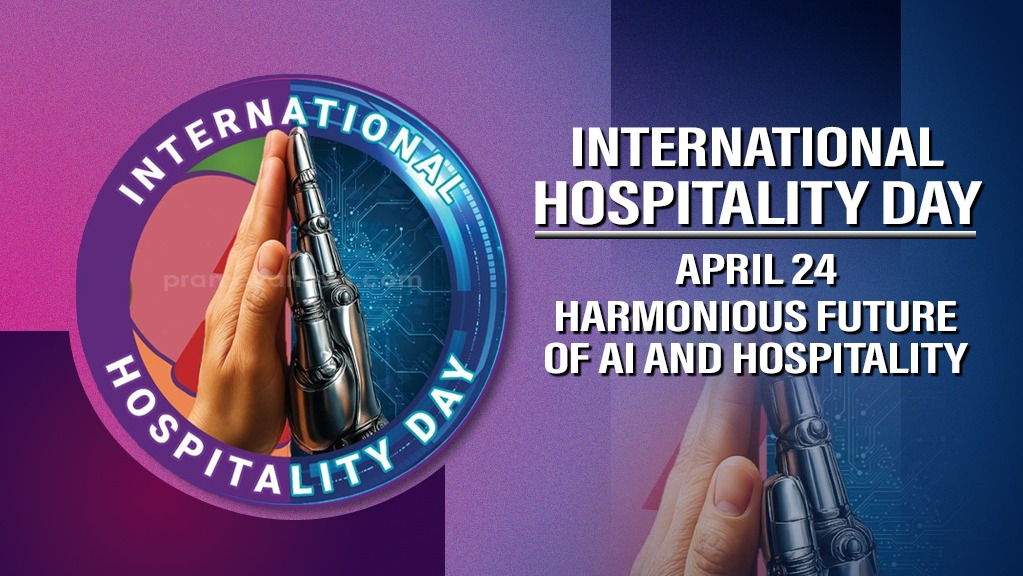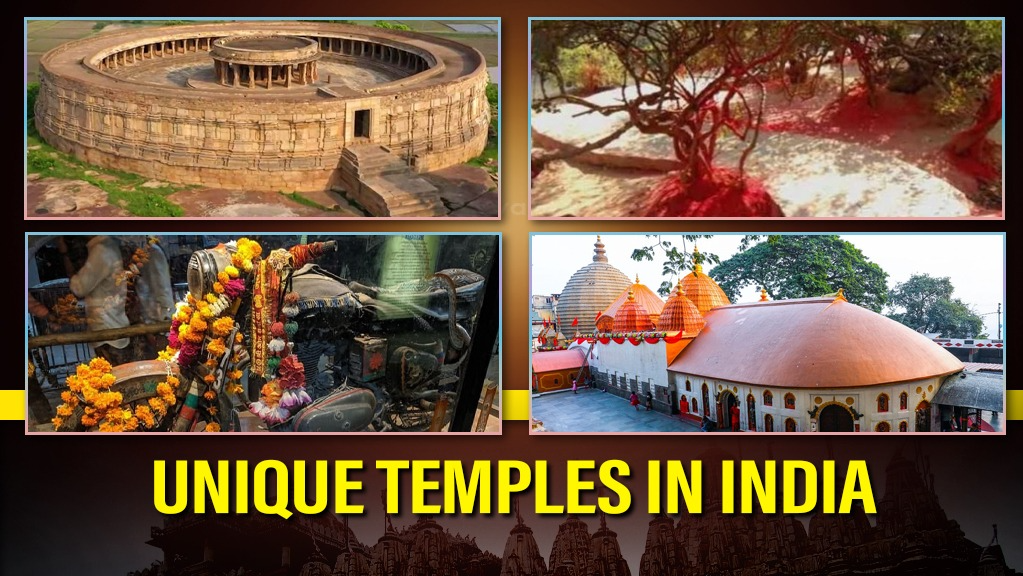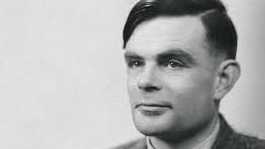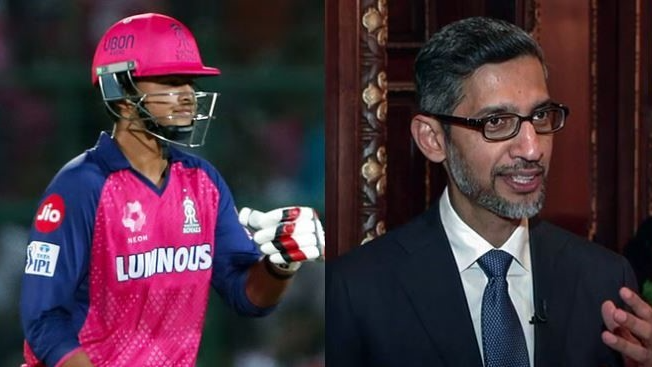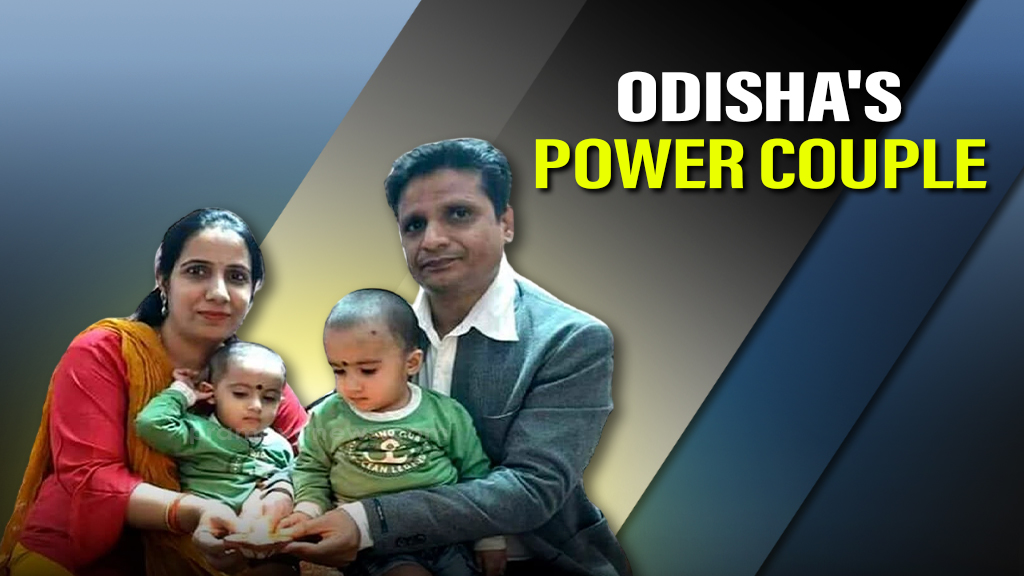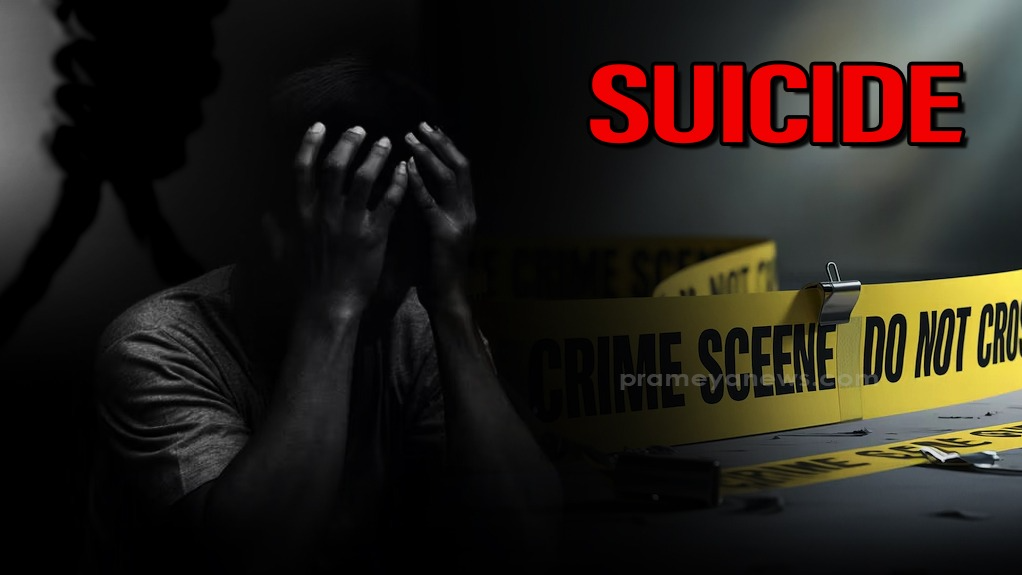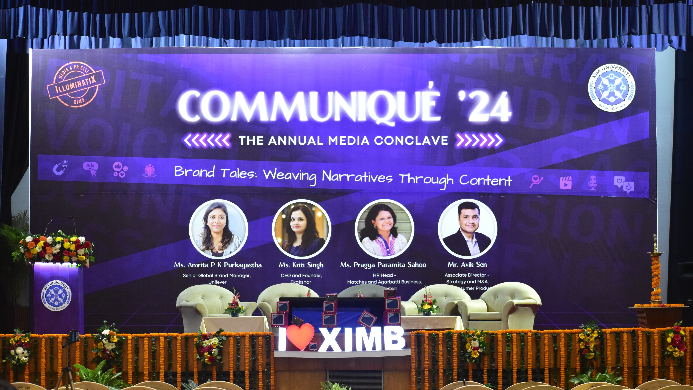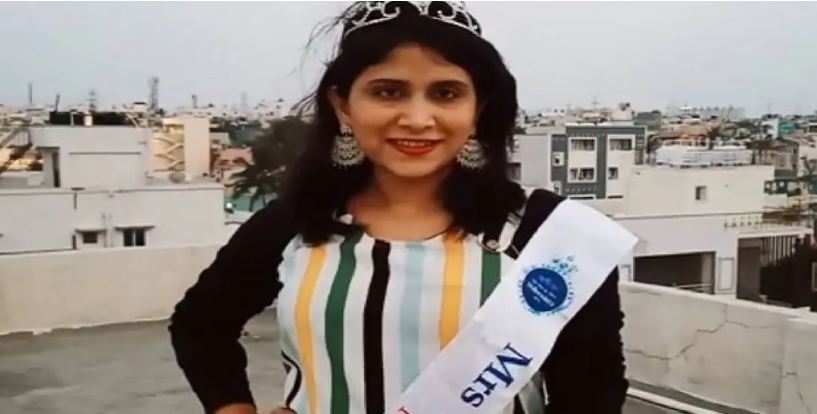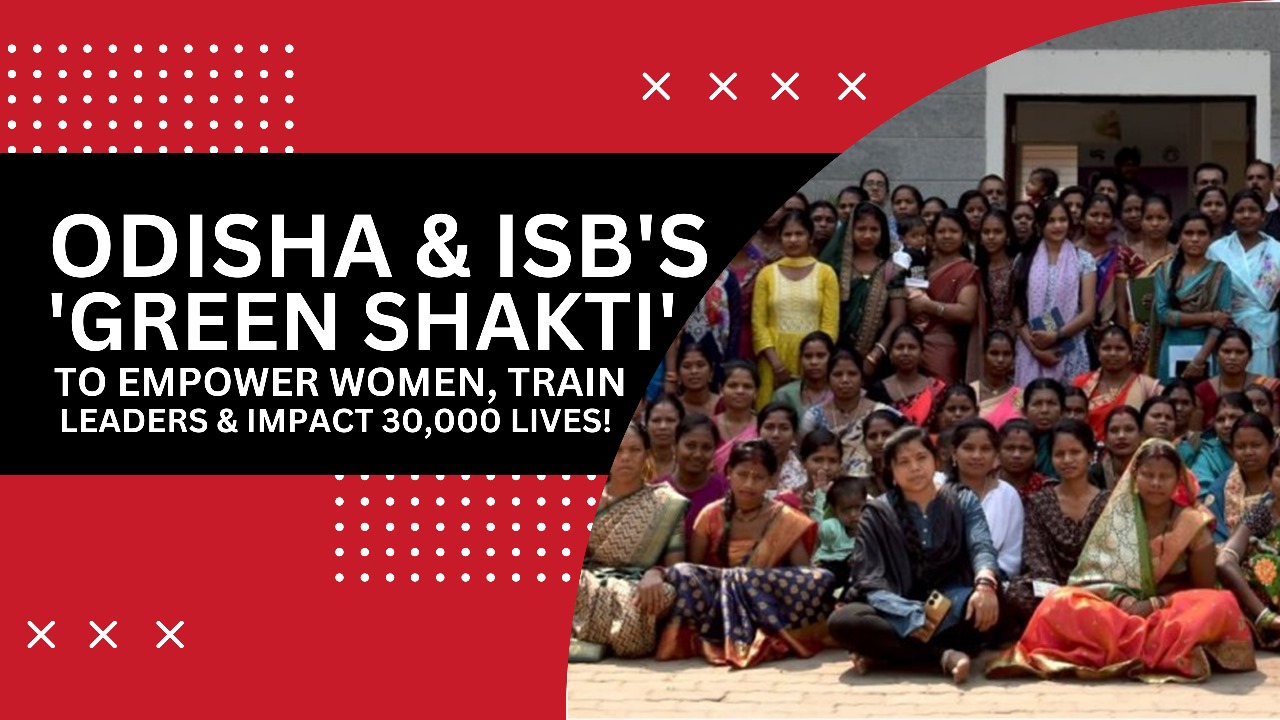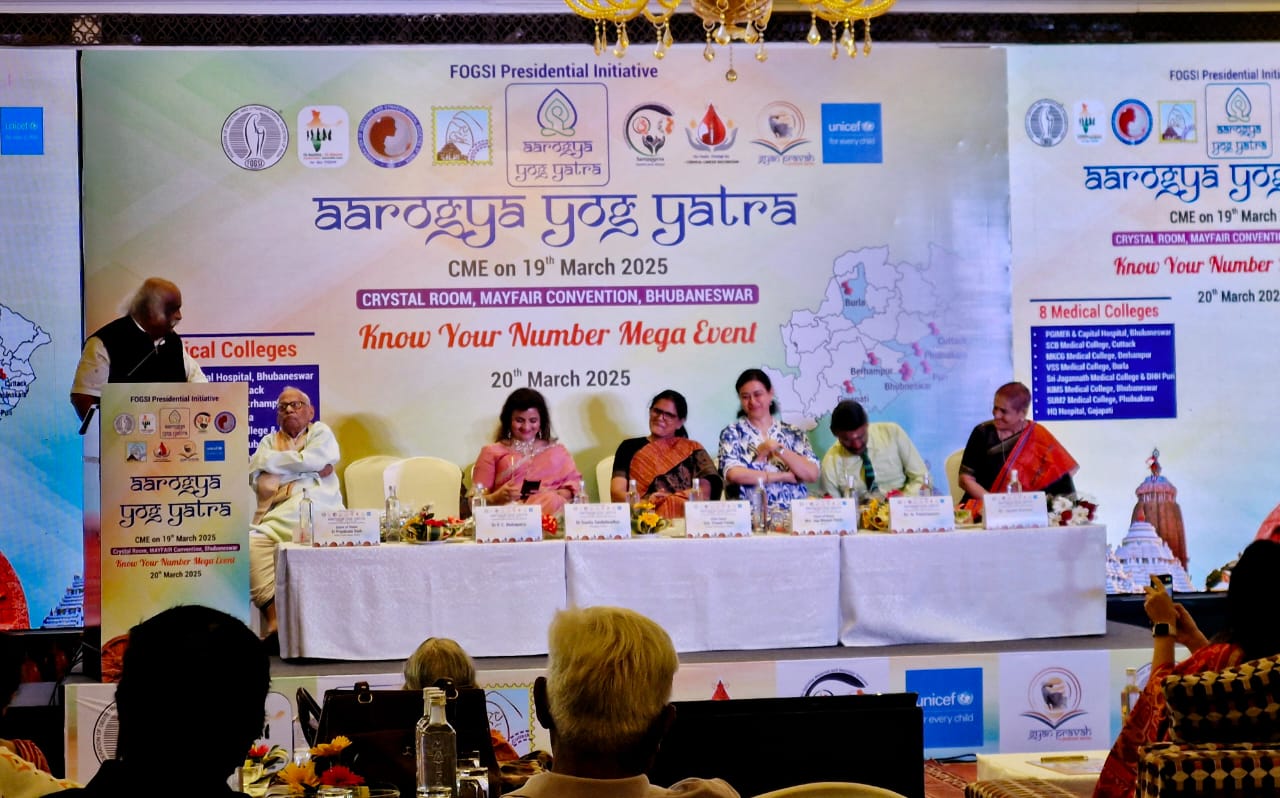Bhubaneswar, the capital city of Odisha, has just scored a major win for inclusivity! In a groundbreaking move, the city unveiled India's first-ever sensory street – Bhima Bhoi Street – designed to be a truly accessible and engaging public space for everyone, especially those with disabilities. This isn't just about ramps and railings; we're talking about a complete sensory experience that caters to sight, sound, smell, touch, and even taste. Imagine a street that speaks to you in more ways than one, and you've got a glimpse of what Bhima Bhoi Street is all about. This pioneering project is a beacon of hope, demonstrating how thoughtful urban planning can transform cities into more welcoming places for all.
A Collaborative Effort for a More Inclusive City
This revolutionary project, aptly named "Sensephere," is the brainchild of Aaina Organisation, a champion for disability inclusion in Odisha, working hand-in-hand with WRI India. They didn't just dream this up in isolation. They teamed up with the Bhubaneswar Municipal Corporation and, most importantly, got direct input from 250 adolescents, 40 of whom have disabilities. This collaborative approach ensured that the street truly meets the needs of the community it's designed to serve. The location itself is significant – right opposite the Bhima Bhoi School for the Blind and BBC School for the Deaf, making it a crucial area for accessible design. The project, named Sensephere, was conceptualized and executed with valuable feedback from 250 adolescents, including 40 with disabilities, ensuring that the space truly meets their needs.
Sensephere: A Symphony of Sensory Experiences
So, what makes Sensephere so special? It's all about engaging the five senses in a way that makes the street navigable and enjoyable for everyone. Here's a taste of what you'll find:
- Visual Delights: Vibrant graphics and murals featuring sign language create a visually stimulating and informative environment.
- Aromatic Pathways: Fragrant plants are strategically placed, providing olfactory cues and enhancing the overall sensory experience. Directional signages guide visitors through the space.
- Tactile Trails: Textured pathways are incorporated to assist those with visual impairments, allowing them to navigate the street with greater independence.
- Braille Guidance: Railings with Braille inscriptions ensure that information is accessible to everyone.
- The Dark Room Experience: A unique "dark room" offers a sensory experience, allowing visitors to understand the challenges faced by visually impaired individuals.
- Audio-Visual Aids: Audio lights equipped with Braille provide an additional layer of sensory feedback, particularly beneficial for individuals with multiple disabilities.
Empowering Adolescents with Disabilities
The heart of this project lies in its focus on empowering adolescents with disabilities. Sensephere is designed to be a space where they can move freely, interact with others, and feel a sense of belonging. The tactile pathways, Braille signage, and sensory cues empower individuals with visual impairments to navigate the street independently. The dark room not only raises awareness but also fosters empathy among those without disabilities.
Mayor's Vision for an Accessible Bhubaneswar
Bhubaneswar's Mayor, Ms. Sulochana Das, is a driving force behind this initiative. At the unveiling, she personally experienced the sensory features, walking the textured path and expressing her admiration for the project. "As I walk through the sensory experience, I can feel the textured path beneath my feet," she remarked. "This will be incredibly beneficial for people with visual impairments. The installation encourages inclusivity, allowing adolescents with disabilities to interact with others." She highlighted that accessibility is not just a matter of convenience but a fundamental right that must be upheld. The Mayor praised Aaina's long-standing commitment to disability advocacy and expressed her pride in the partnership that brought Sensephere to life. "Our goal has always been to create spaces that are accessible to all," she stated, "and this installation embodies our ongoing commitment to breaking barriers and promoting inclusion for people with disabilities."
Celebrating Inclusivity with Braille
Adding to the momentous occasion, the event also marked the unveiling of Braille leaflets, a fitting tribute to World Braille Day. This gesture underscores the city's dedication to making information accessible to everyone, regardless of their visual abilities.
How Aaina and WRI India are Making a Difference Aaina is not new to the field. It's an organisation that is making a difference in the lives of people with disabilities. The unveiling of Bhima Bhoi Street as India's first sensory street is a testament to their unwavering commitment. By partnering with WRI India, a global research organization that focuses on sustainable cities, they brought together expertise in disability rights and urban planning. This collaborative model is a shining example of how organizations can work together to create meaningful change.
The unveiling of Bhima Bhoi Street as India's first sensory street is more than just a local event; it's a landmark moment in the nation's journey towards greater inclusivity. It's a powerful statement that says, "Everyone is welcome here." This project serves as a blueprint for other cities across India and the world, demonstrating that accessibility can be seamlessly integrated into urban design. Sensephere is not just a street; it's a symbol of hope, a testament to the power of collaboration, and a giant leap towards a more equitable and inclusive society. It's a reminder that when we design with empathy and a focus on human needs, we can create spaces that truly enrich the lives of all citizens. This initiative will undoubtedly inspire other cities to follow suit, paving the way for a future where accessibility is not an afterthought but a fundamental principle of urban planning. The impact of this project will extend far beyond Bhubaneswar, setting a new standard for inclusivity and accessibility in public spaces across the country.








